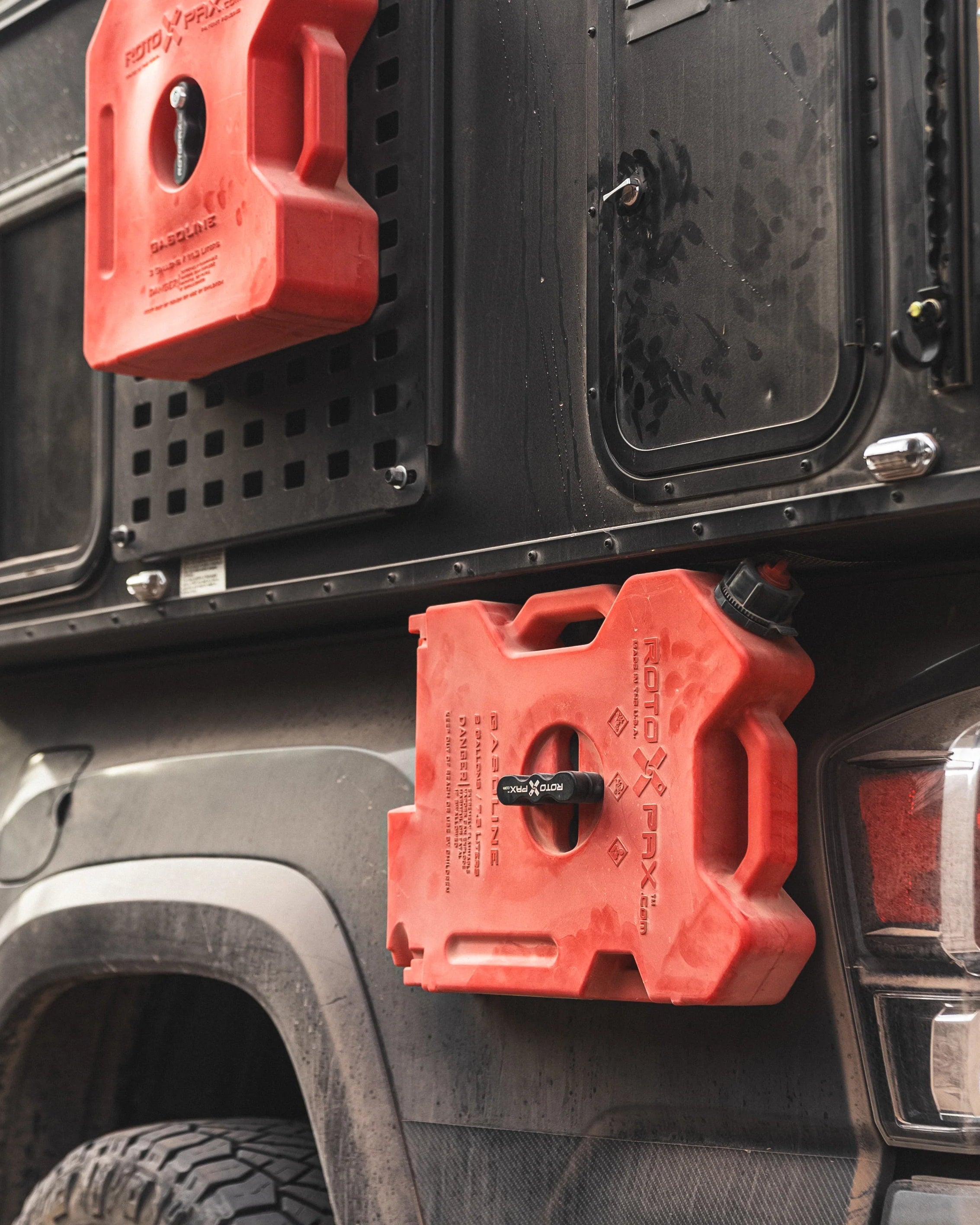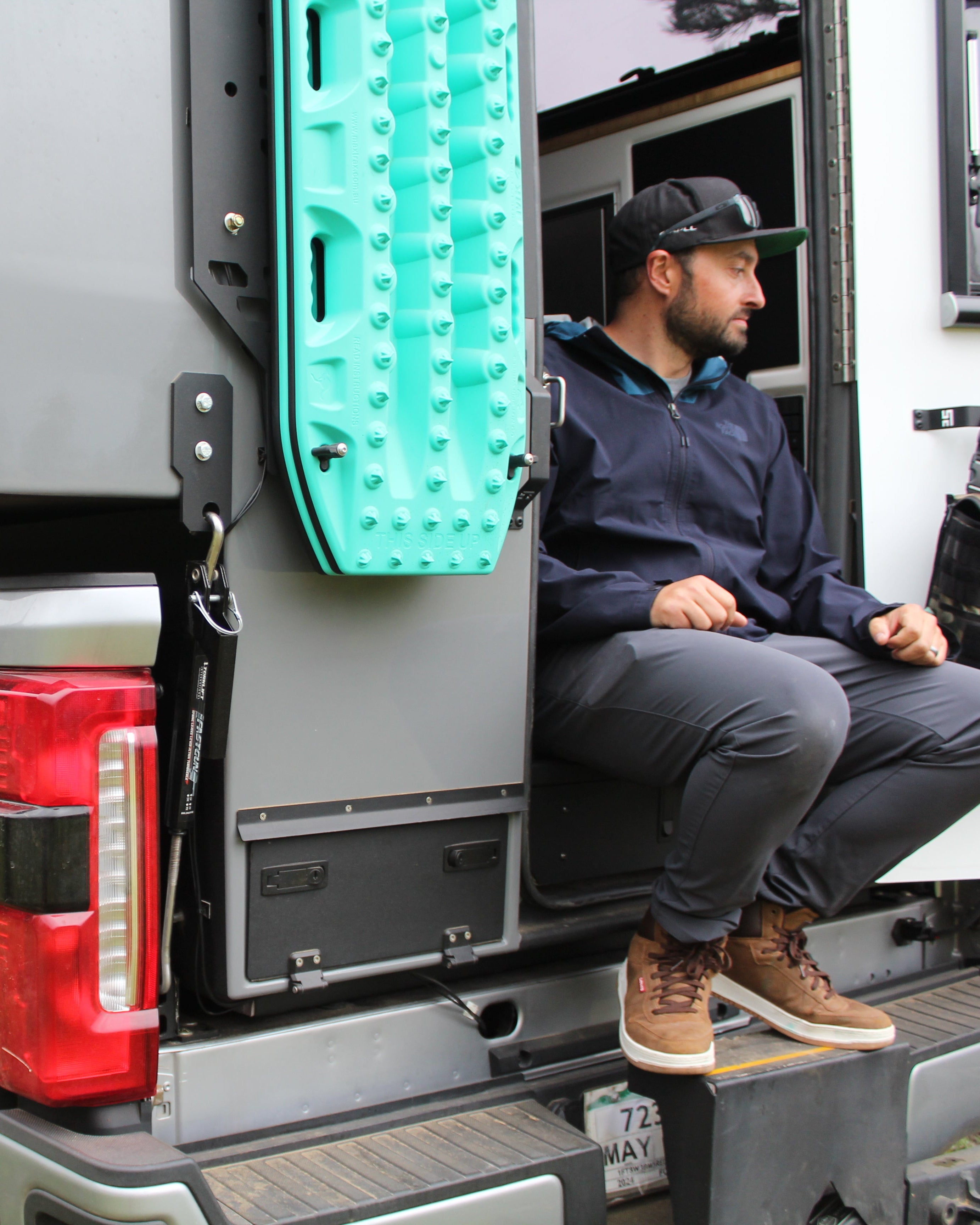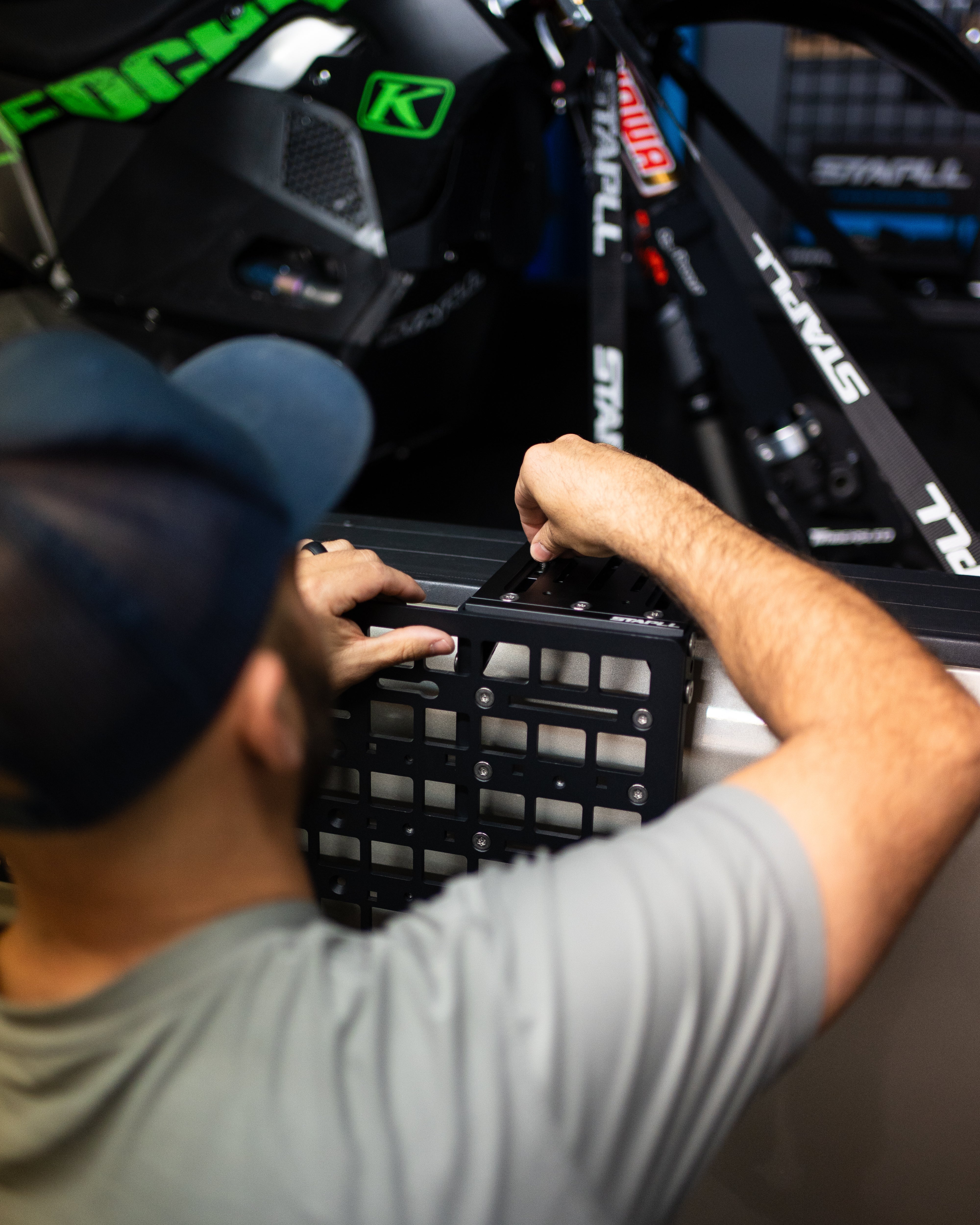Ratchet straps, also known as tie-down straps, are a common tool used for securing loads during transportation. While they are generally effective and reliable, many people find them difficult to use, especially if they are not familiar with how they work. In this blog, we will explore some of the reasons why ratchet straps can be challenging to use and offer some tips on how to make the process easier.
One reason why ratchet straps are hard to use is that they require a lot of strength and dexterity. The ratcheting mechanism, which is used to tighten the strap, requires the user to pull on the handle and then push down in order to engage the lock. This can be physically demanding, especially if the load being secured is heavy or the strap is particularly tight. Additionally, the small size of the ratcheting mechanism can make it difficult to grip and turn, especially for those with larger hands.
Another reason why ratchet straps can be difficult to use is that they can be confusing to set up. Depending on the type of ratchet strap, there may be multiple parts that need to be assembled in the correct order, such as the ratcheting mechanism, the hooks, and the webbing. If these parts are not put together correctly, the strap may not function properly, which can be frustrating and time-consuming.
Finally, ratchet straps can be difficult to use because they can be prone to jamming or breaking. This is especially true if the straps are not maintained or used correctly. For example, if the straps are left out in the sun or exposed to harsh weather conditions, the webbing can become weakened or brittle, which can cause it to snap under the weight of the load. Additionally, if the straps are over-tightened or subjected to excessive force, the ratcheting mechanism can become damaged or break.
Despite these challenges, there are several things that you can do to make using ratchet straps easier. One tip is to make sure that you choose the right size and type of strap for the job. Different straps are designed for different loads, so it is important to choose a strap that is strong enough to handle the weight of your load. Additionally, you should read the instructions carefully and follow them closely when setting up the strap. This will help you to avoid mistakes and ensure that the strap is used correctly. Finally, you should take care of your straps by storing them in a dry, protected place and inspecting them regularly for signs of wear or damage.
In conclusion, ratchet straps can be hard to use because they require a lot of strength and dexterity, can be confusing to set up, and are prone to jamming or breaking. However, by choosing the right strap for the job, following the instructions carefully, and taking care of your straps, you can make the process of using them much easier and more efficient.
















Leave a comment
All comments are moderated before being published.
This site is protected by hCaptcha and the hCaptcha Privacy Policy and Terms of Service apply.